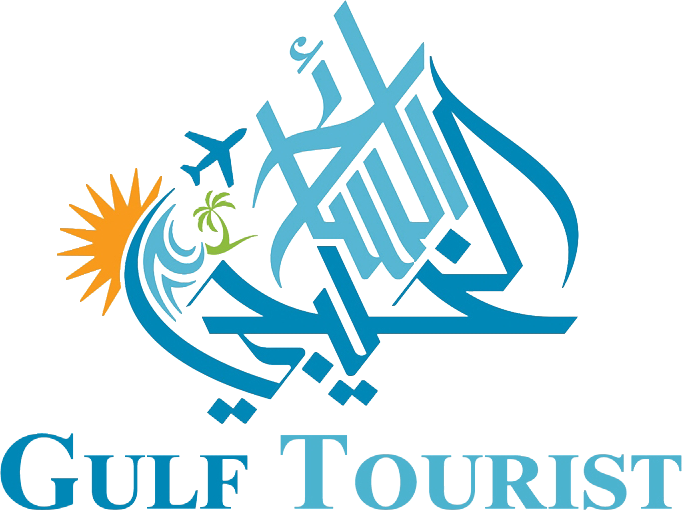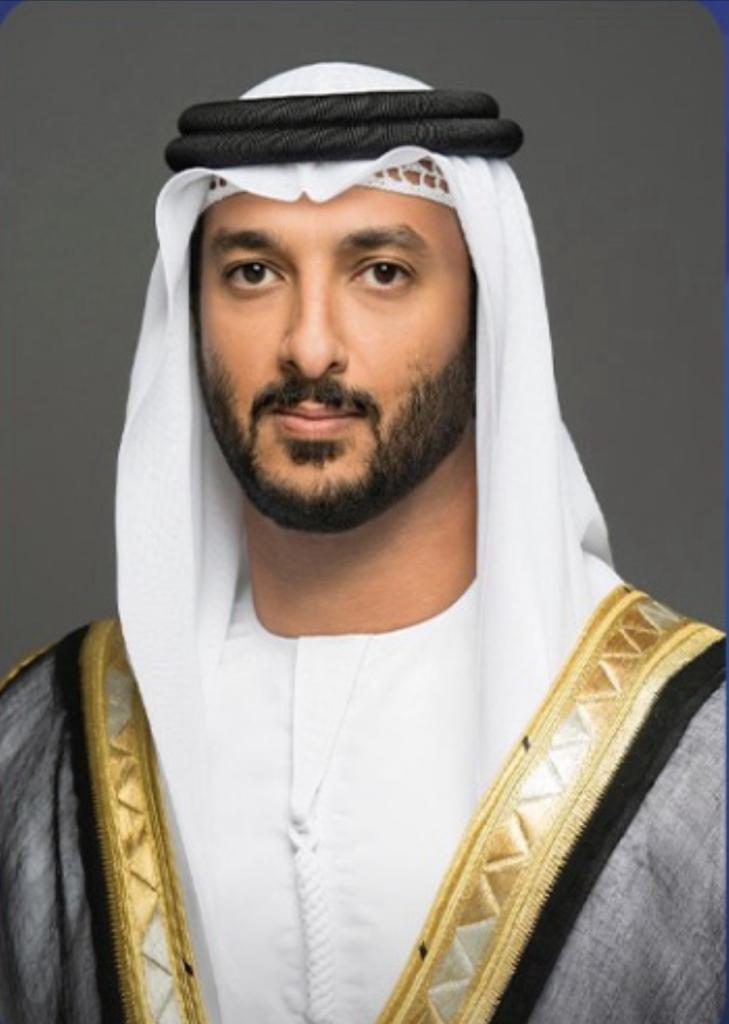Minister of Economy of the UAE, Abdullah bin Touq Al Marri, has confirmed the adoption of a unified Gulf tourist visa by the Ministers of Tourism of the Gulf Cooperation Council (GCC) countries. This decision was made during their seventh meeting held recently in the Sultanate of Oman. It was noted that the procedures for implementing this visa will be discussed by the Interior Ministers of the GCC states in the coming month, with the aim of final approval to be presented at the next GCC summit.
According to Minister Al Marri, it is expected that the visa will be implemented in 2024 and 2025, depending on the readiness of each country’s internal regulations and systems. After the visa is approved, specific regulations and legislation will be developed for its application.
The new visa will allow its holders to visit six countries with a single tourist visa, emphasizing the attraction and extension of tourist stays in the GCC region. This unified visa aims to boost Gulf economic integration by increasing tourism in the region.
Minister Al Marri explained that the next phase will require the development of a unified Gulf tourist route that connects the GCC countries along a single path for foreign visitors staying more than 30 days, following the implementation of the unified Gulf tourist visa.
In preparation for this initiative, the UAE’s Council for Tourism discussed the creation of a tourist route that connects the seven emirates as part of their readiness for the upcoming unified Gulf tourist visa. This initiative is expected to introduce a new tourism product to attract international tourists to the Gulf Arab region.

Minister of Economy of the UAE, Abdullah bin Touq Al Marri, stated that this initiative is part of the Gulf Cooperation Council (GCC) 2030 strategy, aiming to increase the contribution of the tourism sector to the Gross Domestic Product (GDP) by boosting inter-GCC travel and the number of hotel guests across the GCC countries, making it a leading global tourism destination for regional and international tourists. He expressed his intent to raise the tourism sector’s contribution to the UAE’s GDP from 14% to 18%, aligning with the strategic tourism goals of the UAE.
Minister Al Marri further highlighted the advanced and qualified infrastructure that GCC countries possess for the travel and tourism sector. As of the end of 2022, there were 10,649 hotel establishments, marking a 1.2% growth compared to 2016. The UAE has 1,114 hotel establishments, ranking second among the GCC countries after Saudi Arabia. The total number of hotel rooms across the GCC reached 674,832, with a 0.4% growth rate.
He emphasized that the common GCC tourism strategy “2023-2030” aims to increase the annual influx of visitors to GCC countries by 7.0%. The number of visitors reached 39.8 million in the past year, showing a growth rate of 136.6% compared to 2021. The goal is to reach 128.7 million visitors by 2030.
Minister Al Marri further noted that GCC countries aim to increase the direct GDP contribution of the travel and tourism sector by 7% annually. It is expected that the total value added of the travel and tourism sector to the GDP of the GCC countries will reach $185.9 billion in 2023, growing by 8.5% compared to 2022 when it reached $171.4 billion.
He explained that the GCC countries have 837 tourist sites, with the UAE having 399 of them, making it the leading country in terms of the number of tourist sites. Additionally, the UAE has the largest share in terms of the number of tourism events and activities within the GCC countries, with 73 tourism events out of a total of 224 events and activities in the region.

